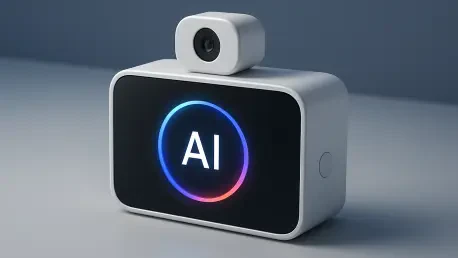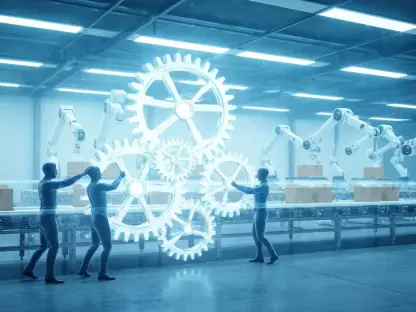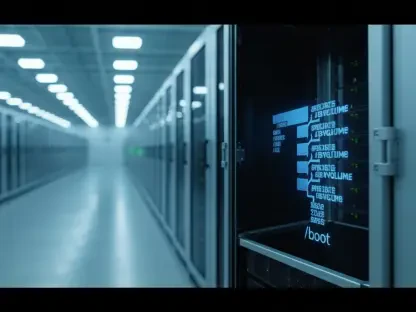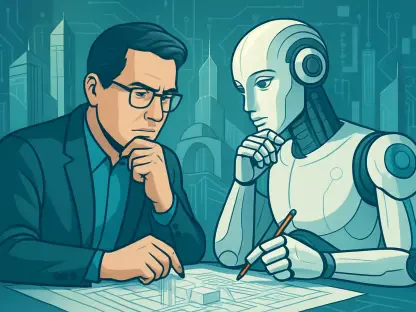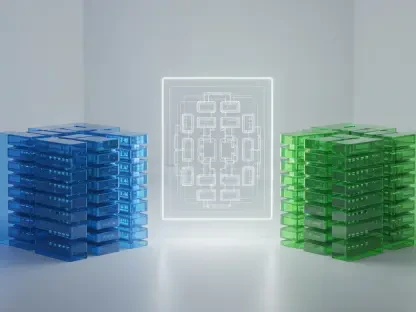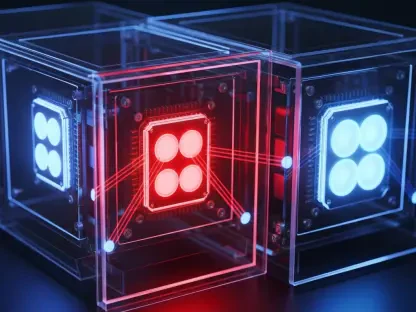Today, we’re thrilled to sit down with Vijay Raina, a renowned expert in enterprise SaaS technology and software design. With a deep background in software architecture and a passion for integrating cutting-edge tools into product workflows, Vijay has been at the forefront of exploring how AI can transform the design process. In this conversation, we dive into his insights on leveraging AI for ideation, prototyping, and beyond, uncovering practical ways it can enhance productivity while addressing the challenges designers face in adopting this technology.
How did you first become interested in incorporating AI into product design workflows?
I’ve always been fascinated by tools that can amplify human creativity and efficiency, especially in the SaaS space where speed and precision are critical. My interest in AI started a few years back when I noticed how much time was spent on repetitive tasks like brainstorming initial concepts or iterating on UI elements. I began experimenting with early AI models to see if they could handle some of that grunt work. What hooked me was seeing how AI could generate ideas or mockups in minutes that would’ve taken hours manually. It wasn’t perfect, but it opened my eyes to the potential of AI as a collaborative partner in design.
What’s one surprising lesson you’ve learned about AI while integrating it into your design process?
One thing that caught me off guard was how much AI’s output depends on the quality of input. I initially thought I could just throw a bunch of data at it and get brilliant results, but I quickly learned that vague or messy input leads to generic or unusable suggestions. It’s almost like training a junior designer—you have to be clear, structured, and intentional about what you’re asking. That realization shifted my approach to focus on crafting precise prompts and curating relevant context, which made a huge difference in the results.
Can you share an example of a project where AI significantly improved your workflow?
Absolutely. I was working on a SaaS platform redesign where we needed to brainstorm user engagement features. Using AI, specifically with a structured approach to feed it product docs and user scenarios, we generated a range of ideas for gamified elements in just a couple of hours. One suggestion—a time-sensitive reward system—was something we hadn’t considered but ended up being a key feature. Without AI, that ideation phase would’ve taken days of workshops and back-and-forth. It didn’t just save time; it brought fresh perspectives to the table.
The concept of Retrieval-Augmented Generation, or RAG, is often mentioned for idea generation. Can you explain in simple terms what it is and why it’s useful for designers?
Sure, think of RAG as a way to make AI smarter by connecting it to your specific data. Instead of the AI just pulling from its general knowledge, RAG lets you upload your own documents—like product overviews or user research—and it creates a kind of index of key points from those files. When you ask a question, it searches that index, pulls the most relevant bits, and builds an answer based on your actual context. For designers, this is huge because it means the ideas or insights you get are grounded in your project’s reality, not just generic guesses. It’s like having a teammate who’s read all your notes and can reference them on the fly.
How do you decide what information to provide to AI to ensure it’s helpful without being overwhelmed by too much data?
It’s all about focus. I’ve learned to keep the input tight and relevant. For instance, I usually prepare three concise documents: one summarizing the product and its use cases, another outlining the target audience and their needs, and a third with key research insights. Each one is short, maybe 300 to 500 words, and sticks to a single topic. This helps the AI zero in on what matters without getting lost in irrelevant details. If I’m working on a specific feature, I’ll tailor the context even further to just that area. It’s about quality over quantity—giving AI just enough to understand the problem without drowning it in noise.
When using AI for prototyping, particularly for specific UI elements, what’s an example of something it helped you create?
I had a project where we wanted to add a small interactive element—a flip card for a promotional offer that users could tap to reveal a discount. I had a clear vision but struggled to mock it up quickly in traditional design tools. Using an AI tool integrated with my design platform, I described the concept, and within minutes, it generated a rough animation of the flip effect. It wasn’t final by any means, but it was enough to show stakeholders the idea and get their buy-in. That saved me hours of trying to manually simulate the interaction or explain it in words.
AI often struggles to align with specific visual styles or design systems. Have you encountered this challenge, and how did you manage it?
Oh, definitely. I’ve found that even when I upload style guides or color palettes, the AI often misses the mark—either the output looks too flashy or too plain. One time, I was trying to get a dashboard layout to match our brand’s minimal aesthetic, and the AI kept adding unnecessary decorations. What worked for me was breaking it down into steps. First, I’d ask the AI to focus purely on layout and structure without any styling. Once that was solid, I’d follow up with a separate request to apply specific fonts and colors from a style file. It’s not perfect, and I still need to tweak things manually, but this two-step process gets me closer to something usable. It’s more about using AI for a rough draft than expecting a finished product.
How have you used AI to analyze user feedback or product data, and what impact did that have on your design decisions?
I’ve used AI to dive into large sets of user feedback, like survey responses after a feature launch. For example, on one project, we had thousands of exit survey answers from users across different regions. Manually sifting through that would’ve been impossible. With AI embedded in a spreadsheet tool, I was able to analyze patterns—like whether churn reasons varied by time of day or location—in just a couple of hours. It even helped me spot correlations I hadn’t thought to look for, like a link between user drop-off and system performance issues. Those insights directly shaped how we prioritized UI fixes and messaging in the next update. AI didn’t just save time; it helped me ask better questions about the data.
What’s one major limitation you’ve noticed when using AI in design workflows, and how do you work around it?
One big limitation is that AI struggles with complex, end-to-end tasks like building a full user flow. It’s great for isolated elements—a button animation or a single screen concept—but ask it to connect multiple screens with consistent logic, and it often falls apart. My workaround is to use AI for what it’s good at: quick, focused experiments or starting points. I’ll generate individual pieces with AI, then stitch them together manually or with my team. It’s about knowing where to lean on the tool and where to take over. I treat it as a brainstorming buddy rather than a replacement for the heavy lifting of design.
Looking ahead, what’s your forecast for how AI will evolve in the field of product design over the next few years?
I think we’re just scratching the surface. Over the next few years, I expect AI to become much better at understanding nuanced design systems and user contexts, possibly through tighter integrations with design platforms. Imagine AI that can natively read your entire design library and apply styles flawlessly—that’s where I see things heading. I also foresee AI taking on a bigger role in predictive design, using data to suggest interfaces tailored to specific user behaviors before we even ask. But the human element will remain key; AI will likely stay a co-pilot, not an autopilot. It’ll be about empowering designers to focus on strategy and creativity while handling more of the repetitive or data-heavy tasks. I’m excited to see how that balance develops.
